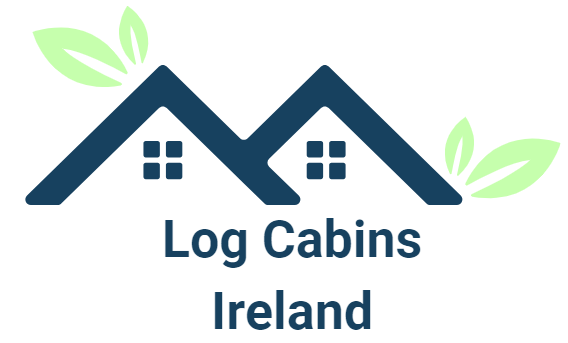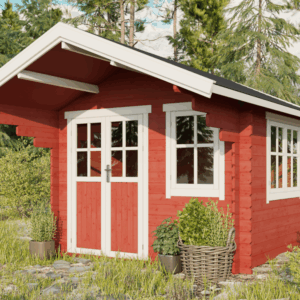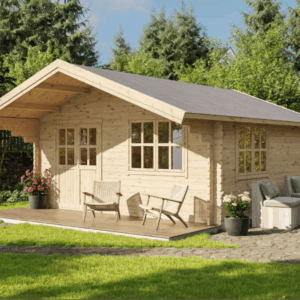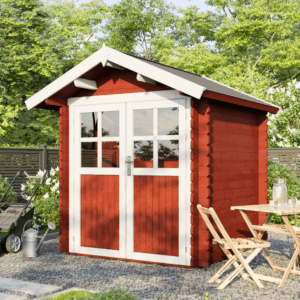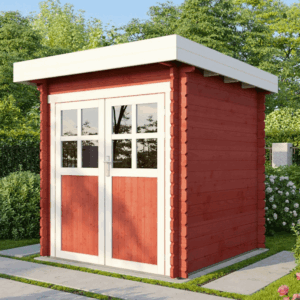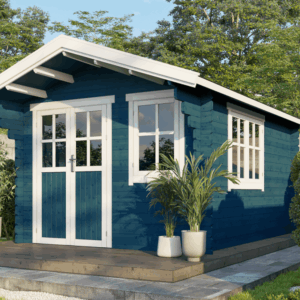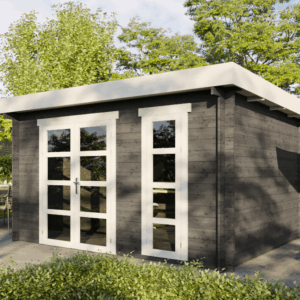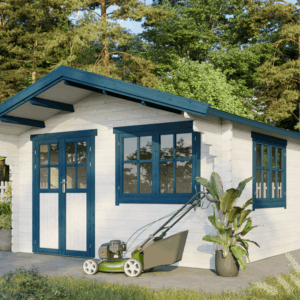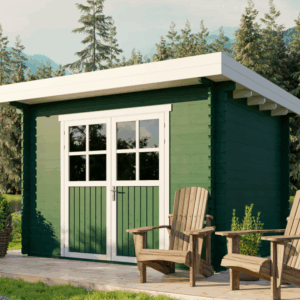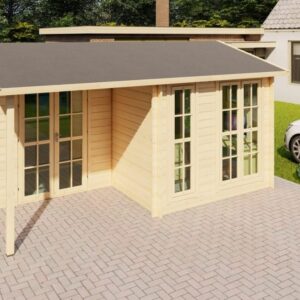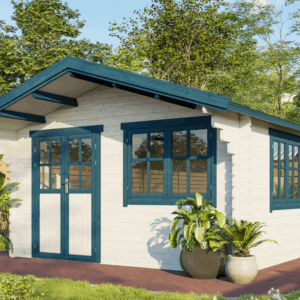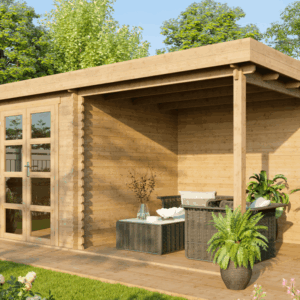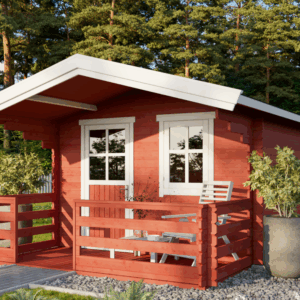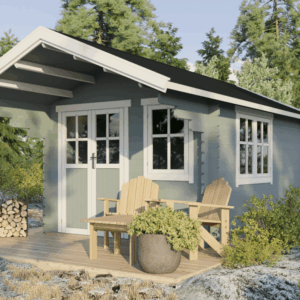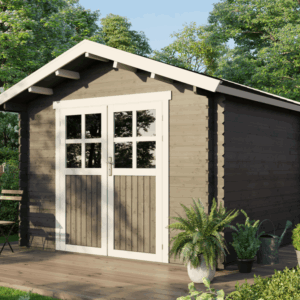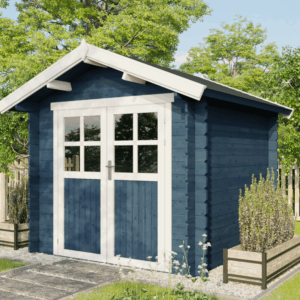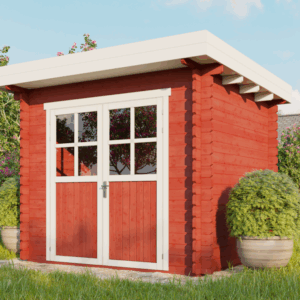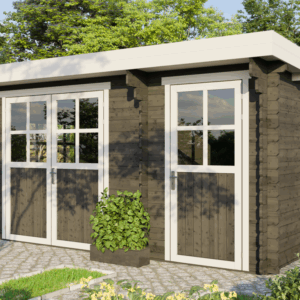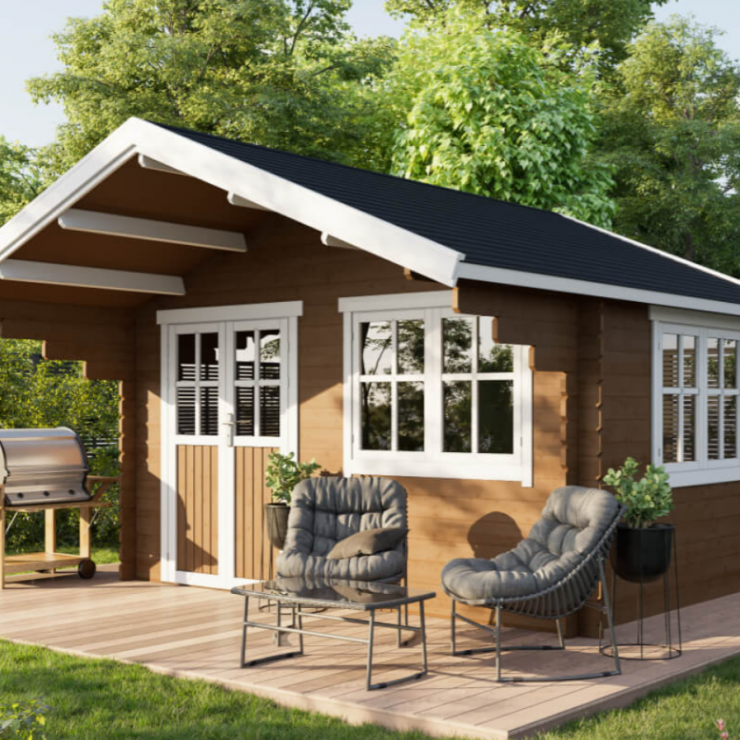The allure of owning a log cabin in Ireland is undeniable. Imagine waking up to the scent of pine, the gentle rustle of leaves, and panoramic views of the Emerald Isle’s stunning landscapes. However, transforming this idyllic vision into reality hinges on a crucial element: finance. Navigating the financial landscape for a bespoke property like a log cabin requires careful planning, understanding specific lending criteria, and exploring all available funding options. This guide is designed to equip you with the knowledge to secure the financing you need for your Irish log cabin dream.
For many, a log cabin represents a departure from traditional housing, offering a unique lifestyle and a connection to nature. This uniqueness, while charming, can sometimes present challenges when seeking traditional mortgages. Lenders are often more accustomed to standardized brick-and-mortar properties, and their valuation and lending processes may differ for unconventional builds. Therefore, a proactive and informed approach to your log cabin finance is paramount to a smooth and successful acquisition.
This comprehensive guide will delve into the intricacies of securing finance for log cabins in Ireland. We’ll cover everything from initial budgeting and deposit requirements to understanding mortgage options tailored for unique properties, exploring alternative funding avenues, and demystifying the valuation process. By the end of this article, you’ll have a clear roadmap to navigate the financial journey of building or buying your own piece of rural paradise.
Understanding the Costs: More Than Just the Cabin Itself
Before you even speak to a lender, a thorough understanding of all associated costs is essential. The price of the log cabin itself is just one piece of the puzzle. You’ll need to factor in the land acquisition, site preparation, planning permissions, and potentially significant infrastructure development like water, electricity, and wastewater systems. Each of these elements can add substantial sums to your overall budget, so detailed research and consultation with professionals are vital.
Land costs in Ireland can vary dramatically depending on location, size, and access to amenities. Rural plots might appear cheaper but could incur higher costs for connecting utilities. Site preparation is another often underestimated expense; clearing trees, leveling ground, and ensuring a stable foundation for a log structure requires professional expertise and machinery. Don’t forget the ongoing costs of maintenance, insurance, and potential property taxes, which should be factored into your long-term financial planning.
It’s also wise to build in a contingency fund of at least 10-15% of your total estimated costs. Unexpected issues can arise during any building project, and having this buffer will prevent financial stress and allow you to proceed with greater confidence. Accurate budgeting forms the bedrock of any successful finance application, demonstrating your preparedness and seriousness to potential lenders.
Securing a Mortgage for Your Log Cabin: What Lenders Look For
Obtaining a traditional mortgage for a log cabin can sometimes be more complex than for a standard brick-built house. Lenders will assess the structural integrity, longevity, and marketability of the property. They will also scrutinize your financial history, income stability, and credit score to determine your ability to repay the loan. Be prepared to provide extensive documentation, including detailed building plans, construction quotes, and evidence of planning permission.
One of the primary concerns for lenders is the perceived resale value and durability of log homes compared to conventional construction. They may require specialist valuations from surveyors experienced in assessing log structures. The materials used, the quality of construction, and the overall design will all influence their assessment. Providing proof of compliance with building regulations and warranties for the materials can significantly bolster your application.
Your deposit amount will also play a crucial role. Lenders are generally more comfortable offering mortgages with a larger down payment, as it reduces their risk. Aiming for a 20% deposit or more can significantly improve your chances of approval and secure more favourable interest rates. Researching lenders who have a track record of financing unique properties or self-builds is also a strategic move.
The Importance of a Detailed Business Plan (Even for Personal Homes)
While you’re not building a business, presenting your log cabin project as a well-thought-out plan can impress lenders. This includes outlining your budget breakdown, projected timeline for construction, and how you intend to finance each stage. Demonstrating a clear understanding of the entire process, from land purchase to completion, shows a level of maturity and responsibility that lenders appreciate.
This ‘business plan’ should detail your expected costs for land, planning, site works, materials, labour, and any professional fees. It should also clearly state the amount of funding you are seeking from the lender and how you intend to contribute your own capital. Transparency and detail here can alleviate lender concerns about the project’s viability and your financial commitment.
Including information on the chosen location, the type of log construction, and any unique selling points of your property can also be beneficial. Essentially, you’re building a case for why this project is a sound investment, both for you and, by extension, for the lender.
Exploring Funding Options: Beyond the High Street Banks
While mainstream banks are an option, don’t limit yourself. Specialist lenders and mortgage brokers who understand the nuances of financing unique properties might offer more flexible solutions. These professionals often have established relationships with lenders who are more open to unconventional builds like log cabins.
Consider exploring self-build mortgages, which are specifically designed for individuals constructing their own homes. These often release funds in stages as the build progresses, which can be ideal for managing cash flow during construction. Bridging loans might also be an option if you need short-term financing to bridge the gap between purchasing land and securing a longer-term mortgage, though these typically come with higher interest rates.
Furthermore, investigate grants or subsidies that might be available for eco-friendly or rural developments in Ireland. While not a direct source of finance for the cabin itself, these can help offset the costs of certain sustainable building practices or infrastructure, freeing up your capital for other essential elements of the project.
The Role of a Mortgage Broker Specializing in Self-Builds
A good mortgage broker can be an invaluable asset when seeking finance for a log cabin. They possess in-depth knowledge of the mortgage market, including which lenders are most receptive to unique property finance and the specific requirements they have. They can save you considerable time and effort by pre-vetting lenders and tailoring applications to meet individual criteria.
A specialist broker will understand the complexities of log cabin construction, including material sourcing, planning regulations, and potential valuation challenges. They can help you present your case to lenders in the most compelling way, highlighting the strengths of your project and mitigating any perceived risks. This expertise can be particularly beneficial if you have a less-than-perfect credit history or are seeking a high loan-to-value ratio.
They can also negotiate on your behalf, potentially securing better interest rates and terms than you might achieve on your own. Their guidance extends beyond the initial mortgage application, often providing support throughout the entire financing process, from pre-approval to completion.
The Valuation Process: Ensuring Your Cabin is Valued Fairly
The valuation of a log cabin can be a critical hurdle. Lenders will appoint a surveyor to assess the property’s value, which will determine the maximum loan amount they are willing to offer. For log cabins, it’s crucial to have a surveyor who is experienced in this type of construction, as they will be able to accurately assess the materials, build quality, and long-term durability.
The valuation will consider factors such as the type of wood used, the thickness of the logs, the foundation system, insulation, roofing, and the overall finish. They will also assess the plot of land, its location, views, and access to services. Comparative sales of similar properties in the area, though perhaps scarce for log cabins, will also be a factor.
Be prepared to provide all relevant documentation to the surveyor, including building plans, specifications, and any certifications related to the construction. Transparency and thoroughness in providing information will aid in a more accurate and favourable valuation. If the initial valuation seems low, you may have the option to commission a second opinion from another specialist surveyor.
Building Regulations and Insurance: Non-Negotiable Financial Aspects
Compliance with Irish building regulations is non-negotiable for any new construction, including log cabins. Failure to meet these standards can not only lead to costly remedial work but also render your property uninsurable and unmortgageable. Ensure your plans are approved by the relevant local authorities and that the construction adheres strictly to these regulations.
Similarly, obtaining appropriate insurance for your log cabin is a crucial financial consideration. Specialist insurers may be required, as standard home insurance policies might not cover the unique materials and construction methods of a log home. This insurance is vital for protecting your investment against potential damage from fire, storms, or other unforeseen events.
Lenders will invariably require proof of adequate building and contents insurance before releasing funds. Factor the annual premiums into your overall budget, and research different insurance providers to ensure you’re getting comprehensive cover at a competitive price. Don’t overlook the importance of having adequate public liability insurance during the construction phase as well.
Alternative Financing Routes: When Traditional Mortgages Aren’t Enough
If securing a traditional mortgage proves difficult, or if you require additional funding, several alternative routes exist. Personal loans can be used to supplement a mortgage, particularly for smaller amounts or to cover specific upfront costs. However, interest rates on personal loans are typically higher, so this should be considered carefully.
Equity release from an existing property could be another avenue, especially if you already own your home and have built up significant equity. This allows you to borrow against your current property, potentially providing the capital needed for your log cabin project. However, this does come with its own set of risks and considerations, so thorough advice is essential.
Crowdfunding platforms, while less common for individual property purchases, are gaining traction for unique projects. If your log cabin has a strong eco-friendly or community aspect, you might find investors willing to support your vision through these channels. This is often more viable for unique, architecturally designed or eco-conscious builds.
The Power of a Strong Deposit and Financial Prudence
Ultimately, the strongest financial tool at your disposal is a substantial deposit. The more of your own money you invest upfront, the less risk the lender perceives, and the more favourable their terms are likely to be. Demonstrating a track record of saving and financial discipline through consistent savings can also significantly impress lenders.
Before embarking on your log cabin journey, take the time to improve your credit score. This involves paying bills on time, reducing outstanding debts, and ensuring all your financial information is accurate. A good credit score is fundamental to securing any type of loan, and it can unlock better interest rates and terms.
Prudent financial management throughout the entire process is key. Avoid taking on unnecessary debt elsewhere, and maintain clear communication with your lender and any financial advisors. By being organised, transparent, and financially responsible, you significantly increase your chances of successfully funding your dream log cabin in Ireland.
Conclusion: Your Log Cabin Dream, Financially Achieved
Owning a log cabin in Ireland is a tangible dream that, with meticulous financial planning and a proactive approach, is well within reach. From understanding the comprehensive costs involved to navigating the specific lending criteria for unique properties, this guide has aimed to provide you with the essential knowledge to embark on this exciting journey with confidence.
Remember, the key lies in thorough preparation, seeking expert advice, and exploring all available funding options. By treating your log cabin project with the seriousness of any major financial undertaking, you pave the way for a smoother, less stressful, and ultimately successful outcome. The serene lifestyle and unique charm of your Irish log cabin await.
Don’t let financial complexities deter you from your vision. With diligent research, a clear budget, and the right financial partners, your dream of a tranquil log cabin amidst the breathtaking Irish landscape can become a reality. Start planning today, and embrace the adventure of building your own piece of paradise.
“`
